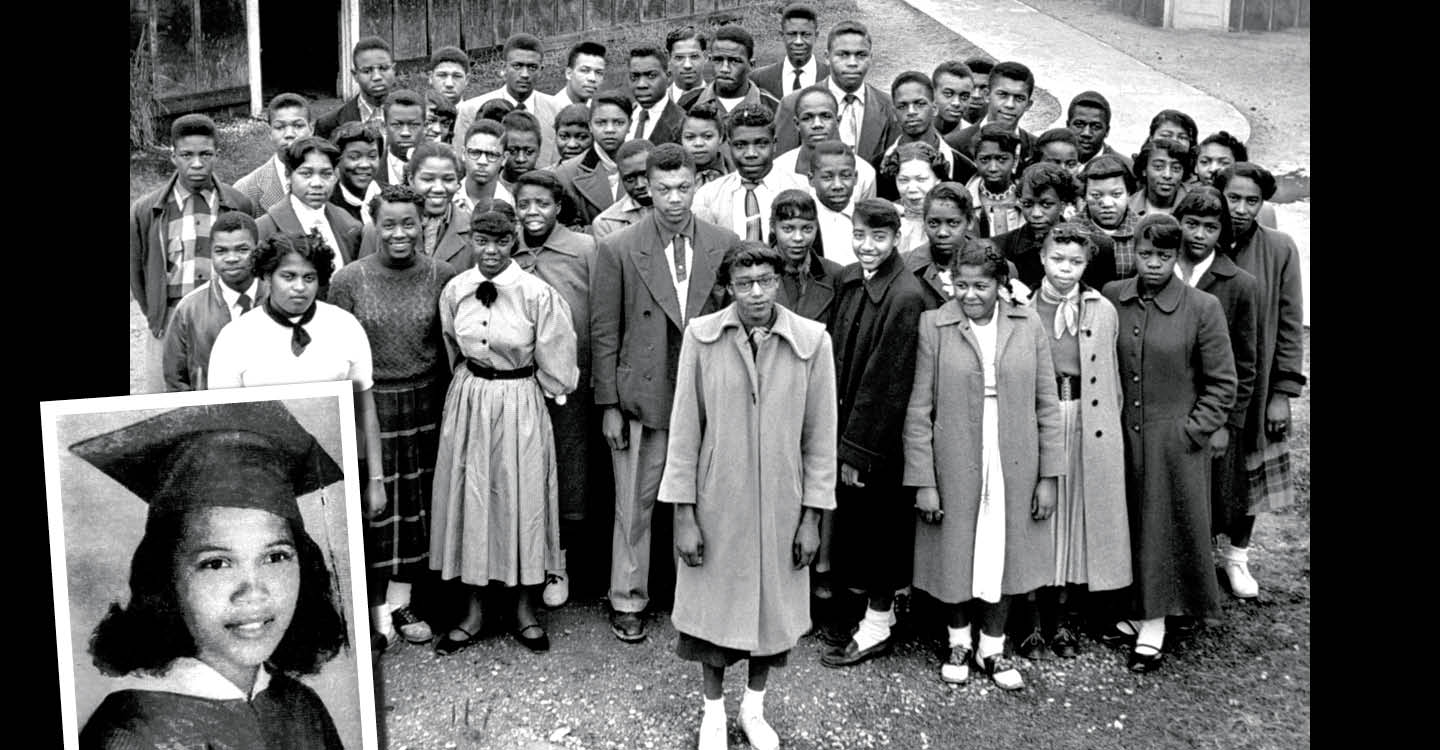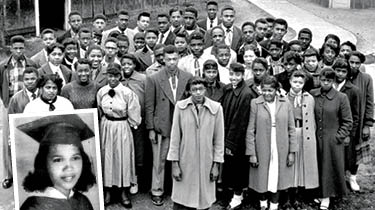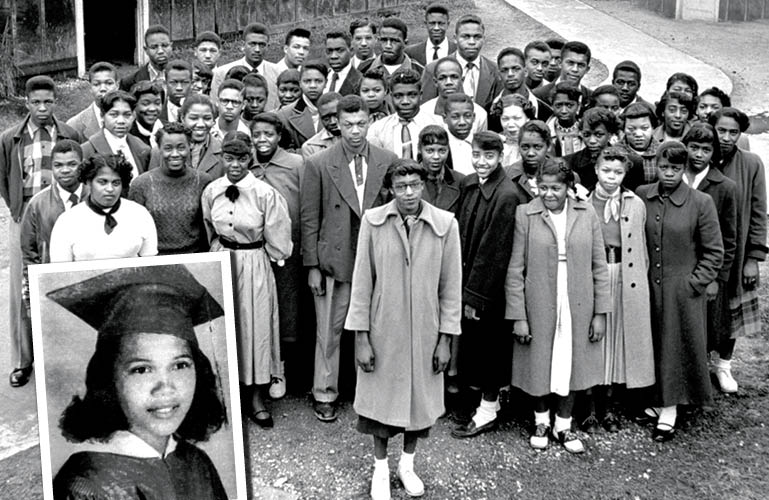Barbara Johns had finally had enough. It was the spring of 1951, and her school, the all-black Robert Russa Moton High School in Prince Edward County, Virginia, was literally falling apart. The ceilings were so cracked that Barbara, a 16-year-old junior, and her classmates had to use umbrellas indoors when it rained. The toilets in the one-story building barely worked, and there was no gym, cafeteria, or lockers.
At the time, Virginia was one of 21 states where segregation in public schools was required or permitted by law. The schools for blacks and those for whites were supposed to be equal, but they never were. The all-white Farmville High School, just minutes from Moton, for example, had spacious classrooms, modern heating, and a real cafeteria.
Barbara Johns had finally had enough in the spring of 1951. Her school, the all-black Robert Russa Moton High School, in Prince Edward County, Virginia, was literally falling apart. The ceilings were so cracked that Barbara, a 16-year-old junior, and her classmates had to use umbrellas indoors when it rained. The toilets in the one-story building barely worked. And there was no gym, cafeteria, or lockers.
At the time, Virginia was one of 21 states where segregation in public schools was required or permitted by law. The schools for blacks and those for whites were supposed to be equal, but they never were. For example, the all-white Farmville High School was just minutes from Moton. But Farmville had spacious classrooms, modern heating, and a real cafeteria.



